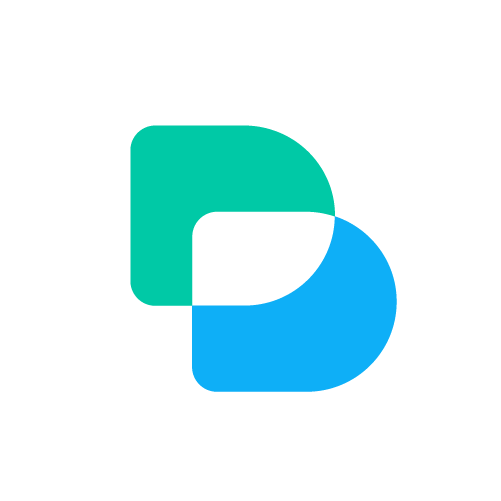How to Inscribe Ordinals on Blockchain

Introduction
In the rapidly evolving universe of blockchain technology, innovations continue to emerge, providing novel mechanisms for data interaction and storage. One such intriguing development is the ability to inscribe ordinals onto a blockchain. But what does it mean to inscribe ordinals, and how does it fit into the broader landscape of decentralized technology? This article takes you on a comprehensive journey through the intricacies of ordinal inscription, providing a step-by-step guide for enthusiasts and experts alike.
Detailed Steps/Process
Step 1: Understanding Ordinals in Blockchain
Ordinals in the context of blockchain refer to a method of embedding numerical sequences or data directly onto the blockchain ledger. This is often used for notations, proofs, or unique identifiers that benefit from being immutable and widely verifiable.
Step 2: Choosing the Right Blockchain
Not all blockchains support data inscription at the same level. While some popular blockchains are renowned for their smart contract capabilities, others are better suited for data-heavy applications. Consider aspects such as transaction fees, block size, and community support when selecting the blockchain for your ordinal inscriptions.
Step 3: Setting Up the Required Tools
To proceed with inscribing ordinals, you’ll need access to a reliable blockchain platform and a web3 wallet, ideally the Bitget Wallet, known for its security and user-friendly interface. Make sure to have your wallet set up with the necessary access and permissions.
Step 4: Crafting the Inscription Code
The next step involves encoding your ordinals in a script that can be integrated into a blockchain transaction. This might involve using scripting languages like Solidity if you're working with Ethereum, or another language that your chosen blockchain supports. Pay careful attention to syntax and encoding requirements.
Step 5: Executing the Transaction
With your ordinals encoded, you need to package this in a transaction through your Bitget Wallet. This involves setting the right gas fees and ensuring network conditions won't hinder your transaction. Once prepared, send this transaction to the blockchain network.
Step 6: Verifying the Inscription
After the transaction is confirmed, it becomes crucial to verify that your ordinals are inscribed correctly on the blockchain. Use blockchain explorers or custom scripts to locate your transaction and confirm the details of your inscription.
Additional Tips or Notes
- Network Congestion: During times of high network traffic, transactions might take longer or require higher fees. Monitor the network status before sending your transaction.
- Security Considerations: Always double-check your scripts for potential security vulnerabilities. Using audited code snippets or third-party services can help mitigate risks.
- Compatibility: Make sure that the blockchain you choose is compatible with the inscription type required by your application.
Conclusion or Summary
Inscribing ordinals on the blockchain is a powerful process that leverages the immutability and transparency of decentralized ledgers. Whether for unique identifiers, proof of existence, or another purpose, this technique opens new possibilities for blockchain use cases. As the technology and methods continue to evolve, the future promises even more sophisticated implementations, allowing both developers and businesses to innovate in exciting ways.
Embracing these cutting-edge advancements will not only enhance technical prowess but also ensure you remain at the forefront of blockchain applications. Take advantage of tools like Bitget Wallet for a streamlined and secure experience as you embark on your ordinal inscription journey.
Want to get cryptocurrency instantly?
Latest articles
See more






















